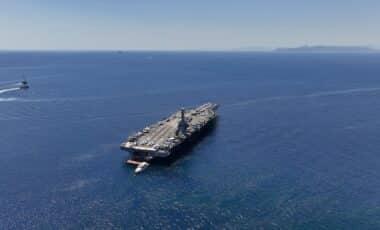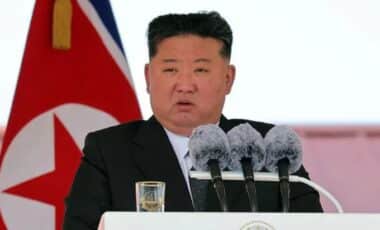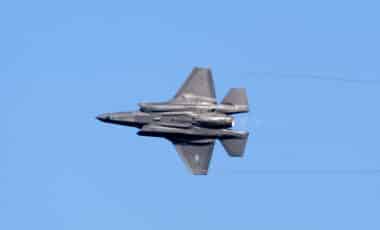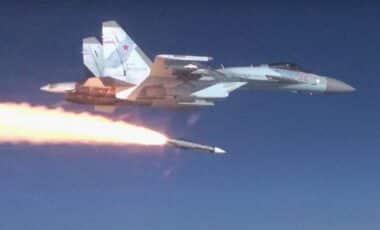We are the Dead. Short days ago We lived, felt dawn, saw sunset glow, Loved and were loved, and now we lie In Flanders fields.John McCrae
World War I forever changed the balance of power across the continents as soldiers and civilians alike endured a trial by fire unlike anything civilization had ever witnessed and for most of the duration of the four-year war, fighting was particular intense and most definitely not quiet on the Western Front. Tiny Belgium was an early casualty of the war as the Germans used the nation as an on-ramp into their real target, France. Americans showed up later than the British and French and other Allied nations, but once they arrived “over there,” they too would suffer the loss of soldiers who would not return from Flanders Fields and other horrific sites.
When the war ended, civilians mourned their dead and rebuilt their battered homelands. Some soldiers returned home to the lives that awaited them; others who returned home were not the same men who had left to fight for their nations when the war began in 1914. Some soldiers never returned at all. Poetry has made Flanders Fields a synonym for the Belgian battlefields. Canada’s John McCrae, who fought in the Second Battle of Ypres, lost a close friend to the fighting. At the burial service, he observed that the Ypres graveyards were adorned with poppies which grew quickly, as if the ground itself sought to honor the fallen. McCrae’s response to the carnage, In Flanders Fields, is typically recognized as the signature poem of the war, and it’s thanks to his writing that the poppy became a symbol of a soldier’s sacrifice. Perhaps the cemetery is ultimately the most enduring symbol of war as nations commit their young soldiers to the ground.
World War I taught people lessons about death that no one expected to have to learn, but the curriculum also included instruction on how to honor those who died. Memorial Day celebrations have long included the Missing Man Formation as part of the annual flyover. In fact, when the flyover was held in 1927, flight pioneer Charles Lindbergh dropped a bouquet of flowers wrapped in the silk scarf of the airmen as the ceremonies were taking place below. Lindbergh had just finished flying across the Atlantic solo, making the commemorative ceremony even more significant.
Maintaining the burial grounds of those soldiers who are buried in foreign soil is the charge of the American Battle Monuments Commission (ABMC), which operates the twenty-five cemeteries from both World Wars where over 218,000 dead are buried, including Joyce Kilmer, who was a sergeant in addition to being a poet; General George S. Patton, Jr.; President John F. Kennedy’s older brother, Lieutenant Joseph P. Kennedy, Jr. and President Teddy Roosevelt’s youngest son, Quentin.
The need to oversee cemeteries in foreign countries was one of the grim rites of passage of a young country which, until the twentieth century, was more or less a secondary power. But after young American men fell in the fight against the Central Powers, the United States had earned the right to claim its place in the hierarchy of nations.
In 1923, the U.S. Congress established the American Battle Monuments Commission. The smallest cemetery, the Flanders Fields American Cemetery holds the remains of 368 soldiers who died during the fight to liberate Belgium from the German occupation. Located on six acres in Waregem on land provided by the Belgian government, the Flanders Field American Cemetery is the only ABMC cemetery in Belgium. The headstones of the soldiers buried there are arranged in four symmetrical areas surrounding the chapel in the center of the cemetery. The chapel’s Wall of the Missing lists the names of 43 soldiers whose bodies were not identified or could not be recovered for burial. Many of those who died belonged to the 91st Infantry Division fighting at Spitaals Bosschen as the war was coming to an end. The United States did not enter the war until April 6, 1917, but during the nineteen months that two million Yanks showed up to fight, the Americans lost approximately 50,000 soldiers.
The war has not been forgotten. When President Barack Obama traveled to Belgium in 2014, he joined Belgium’s prime minister and king in laying wreaths at the cemetery’s monument. Speaking at the ceremony, President Obama said, “This visit, this hallowed ground, reminds us that we must never, ever take our progress for granted. We must commit perennially to peace, which binds us across oceans.” Prime Minister Elio de Rupo, aware of the devastation which his nation suffered, said, “We have to continue to draw lessons from the terrible war that started 100 years ago. And, above all, we have to prevent new conflicts. Those who ignore the past are taking the risk to relive it.”
The Flanders Fields Cemetery is peaceful now. The war is over. But the Belgian prime minister’s ominous words remind the living that the threat of war, and more cemeteries, are forever lurking.








